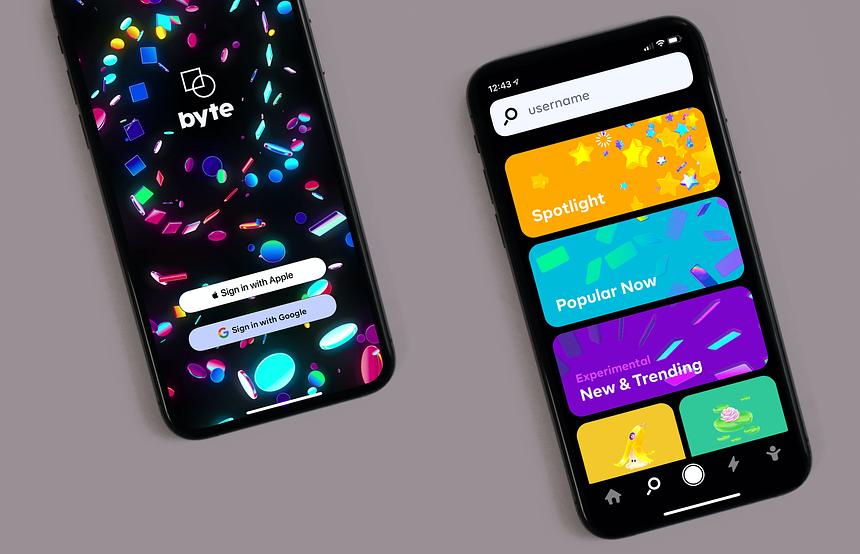How to recognize Successful User Interfaces? Here's how they stand out!
There is plenty of data out there about several interface design procedures and structures you can use when formulating your user interfaces and websites, solutions to common issues, and common usability suggestions. Following approaches from specialists will likely direct you towards establishing a good user interface – but what is a good interface? What are the characteristics of a Successful user interface?
Following are the features Of Successful User Interfaces:
Clear
Clarity is the most significant component of user interface design. Certainly, the entire goal of UI design is to enable people to interact with your system by communicating meaning and function. If people can’t understand how your application works or where to move on your website they’ll get distracted and frustrated.
Concise
The clarity in a user interface is incredible, however, you should be careful not to jump into the trap of over-clarifying. It is simple to add descriptions and justifications, but every moment you do that you add abundance. Your interface grows. Add too many explanations and your users will have to spend too much time reading through them. Keep things clear but also keep things concise.
Familiar
Many creators strive to prepare their interfaces ‘as intuitively’. But what does intuitive mean? It means something that can be generally and instinctively understood and comprehended. But how can you prepare something intuitive? You achieve it by bringing it ‘familiar’.
Responsive
Responsive means a couple of things. First of all, responsive means fast. The interface, if not the software behind it, should function rapidly. An interface that loads quickly (even if the content is yet to catch up) enhances the user experience.
Responsive also means the interface gives some kind of feedback. The interface should talk back to the user to notify them about what’s occurring.
Consistent
Consistency means an interface should retain throughout.
Consistent interfaces enable users to develop usage patterns – they’ll learn what the different buttons, tabs, icons, and other interface elements look like and will identify them and understand what they do in various contexts. They’ll also understand how certain things function and will be able to work out how to utilize new features quicker, extrapolating from those previous experiences.
Attractive
Attractive in the sense that it brings the use of that interface enjoyable. Yes, you can make your UI simple, easy to use, efficient, and responsive, and it will do its job well – but if you can go that additional step further and make it attractive, then you will make the experience of using that interface satisfying. When your software is enjoyable to use, your customers or staff will not simply be using it – they’ll look forward to using it.
Efficient
A good interface should enable you to perform operations faster and with less effort. Now, ‘efficient’ feels like an honestly ambiguous characteristic – if you assemble all of the other things on this list, certainly the interface will come out being efficient. Almost, but not quite.
Forgiving
A forgiving interface can protect your users from expensive mistakes. For example, if someone deletes a critical portion of information, can they easily recover or undo this action?
Looking for an attractive and functional UI design that improves customer retention and impresses potential clients? Let Xpeer hook you up with some of the best UI designers who’ve mastered their craft!








